Data
- Time: Design (Dec 2008 – May 2009)
- Place: Kew, Melbourne, Australia
- Area: 500 m² (three storeys)
- Typology: Semi-detached house
Melbourne,
The sixth instalment in the Houses for No One collection, this architectural project embarks on a journey into the ruins of ancient Rome. It engages with light to manipulate perception, proposing an exploration of the progressive mutation of contemporary ideas and those of late antiquity
Antonino Cardillo
A kind of proliferation of word-characters, each with its own intense specificity, all imbued with a peculiar evocative power.
— Antonietta Iolanda Lima, Frank O. Gehry. American Center, Parigi (1998)
It was the ruins of ancient Rome that inspired this project, those unpredictable warps that in the eighteenth century appeared to European travellers on the Grand Tour as fantastic visions. Rather than the historic original, what fascinates still today is this state of progressive destruction that a millennial weather carves in the forms, unveiling obscure recesses.
So the ruin tells us of time passing, of slowly dying beauty, and in this its slow decay evokes a transverse narrative, as if trapped between the architecture and its definitive destruction. House of Twelve tries to invent a fantastic response to an interrupted story, following an empirical path made by progressive mutation of contemporary ideas and those of late antiquity, such as the theme of intersecting rings or the horizontal sequence of multiple spaces and forms, concatenated and directed according to a poetic, which unites works of Frank Lloyd Wright with the villa of the emperor Hadrian at Tivoli.
Collisions and juxtapositions, furthermore, distant echoes of the American Center by Frank Gehry, characterise the front and the public space of the house, whose roundnesses appear, from the road, to be deeply sculpted. As well as restoring thickness to the façade, these excavations make it permeable to the winter sun, which reaches to illuminate, with a grazing light, interpreted by the cavities, the courtyards at the rear.
In particular, the living space, with its vault in gold mosaic, the ripples of the mirrors of water at the edges and the consequent manifold reflections of light, appears from the main courtyard as a baroque room of light, here reinvented in an urban key.
worldarchitecturenews.com, London, 23 July 2010.
Antonino Cardillo
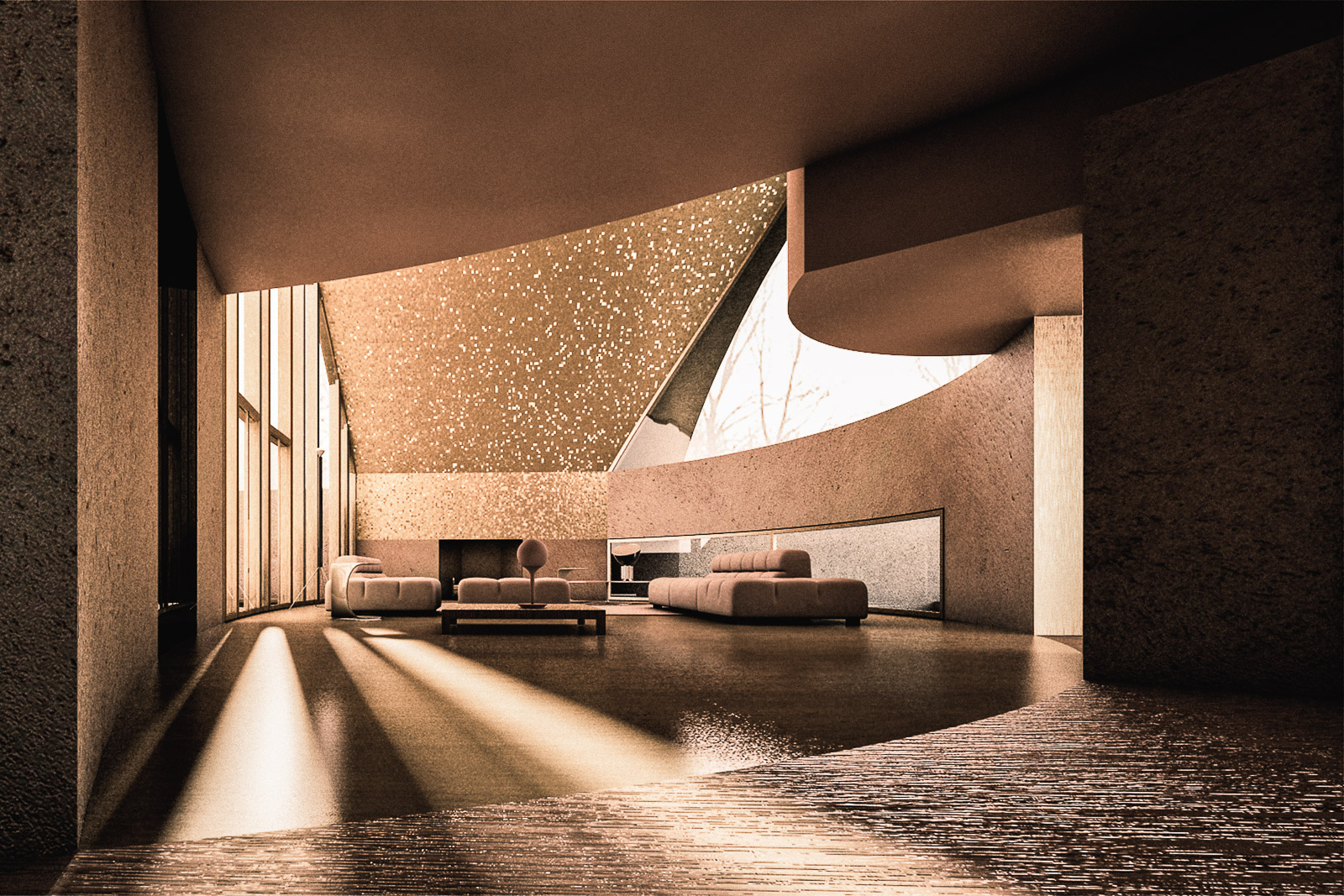
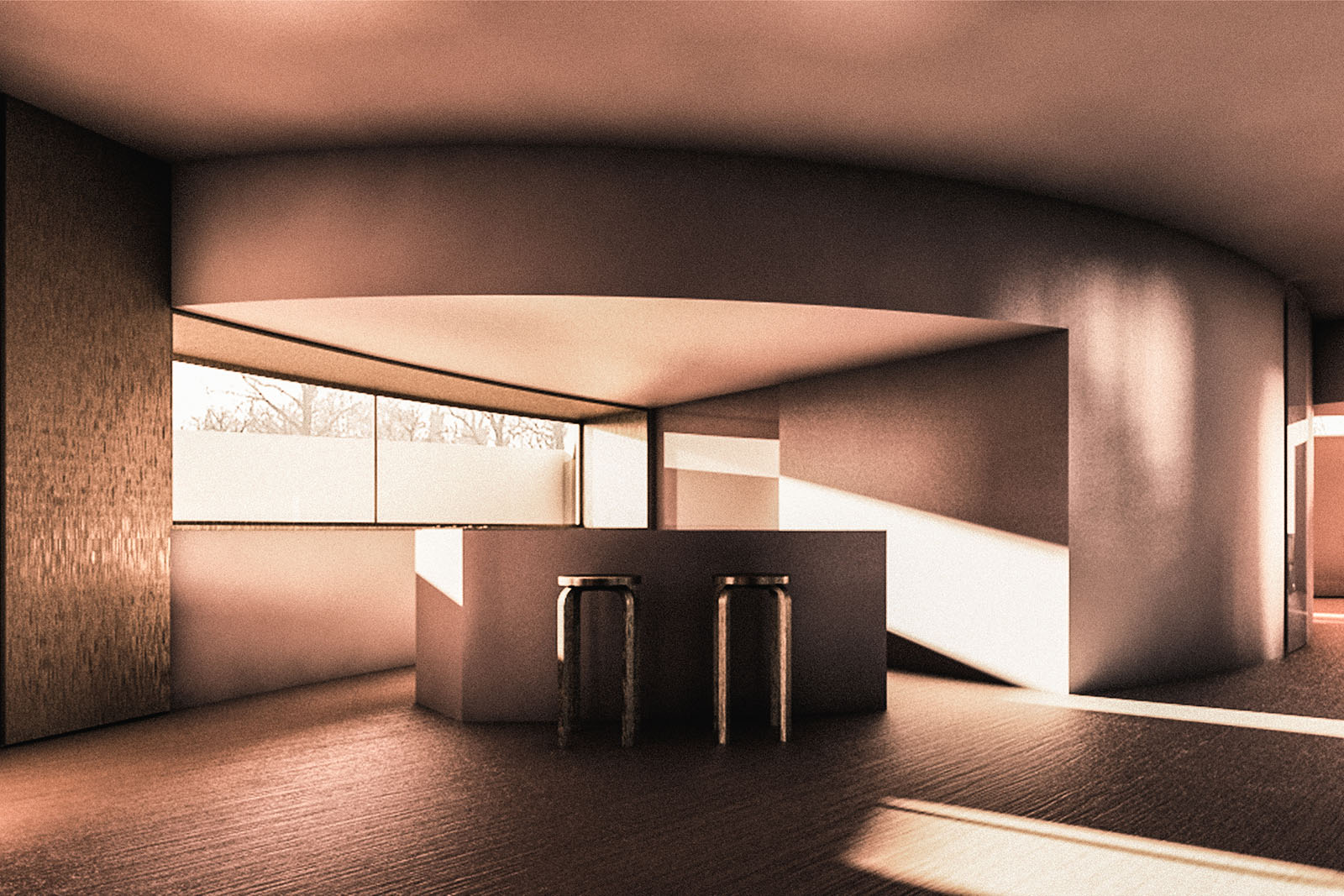
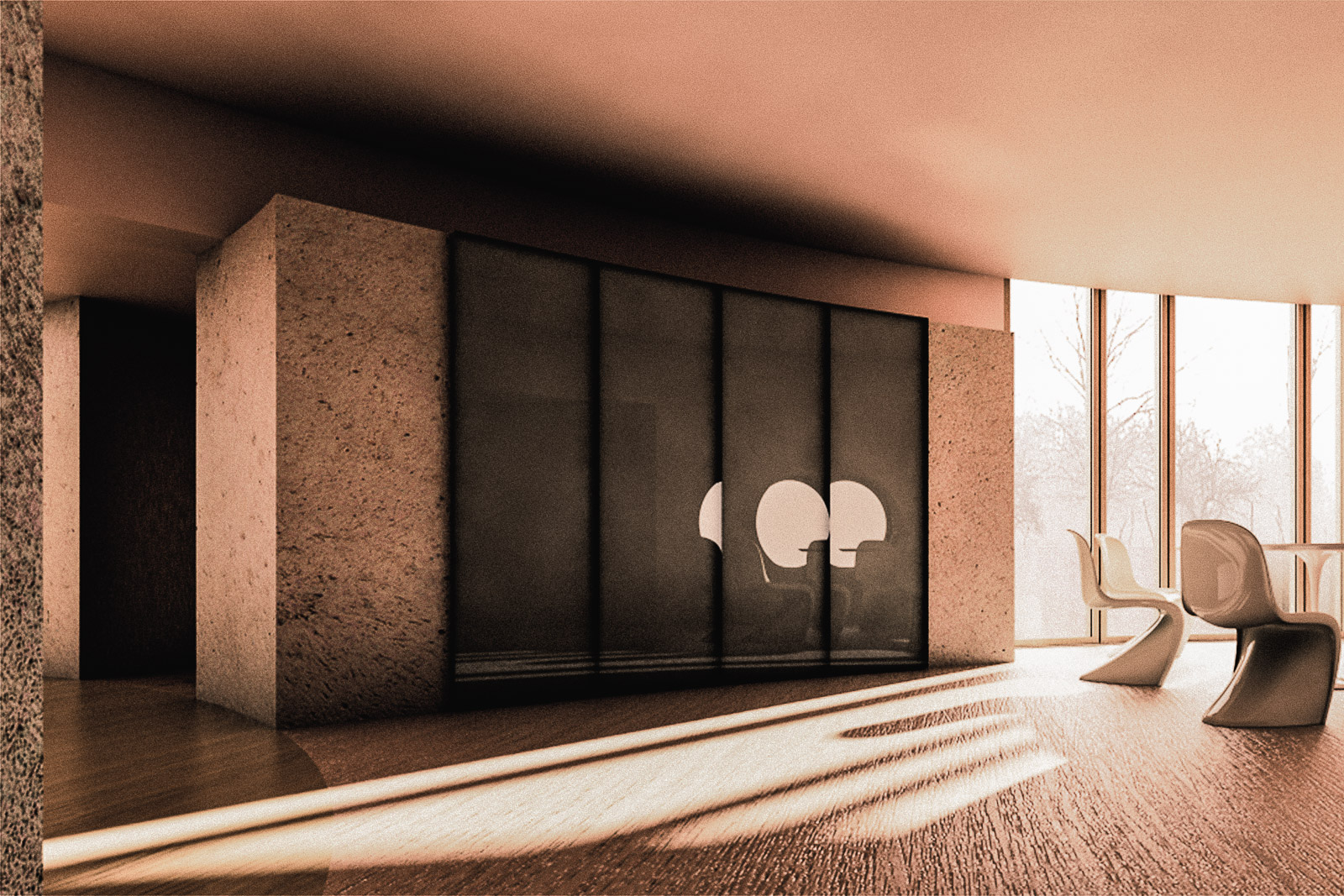
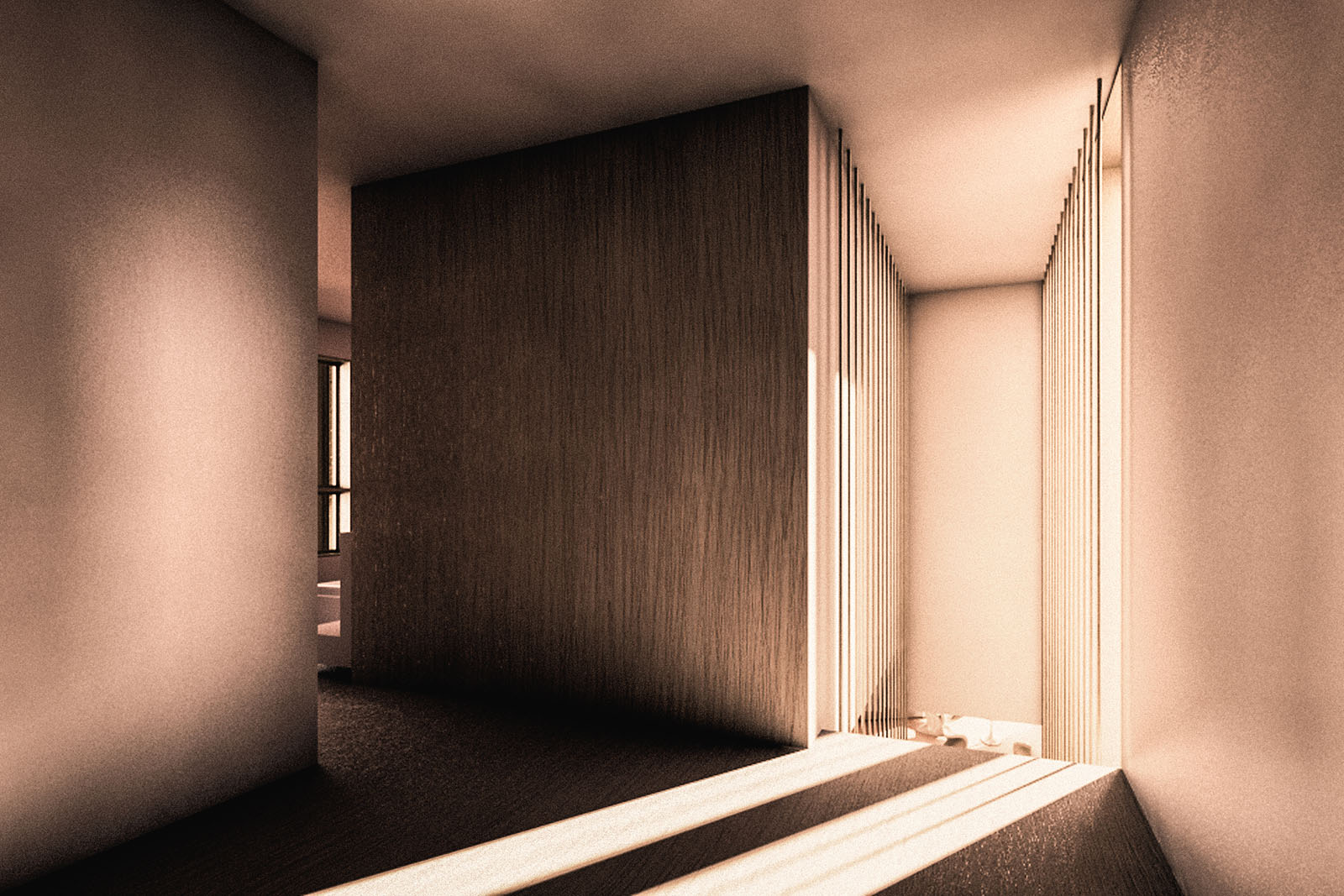
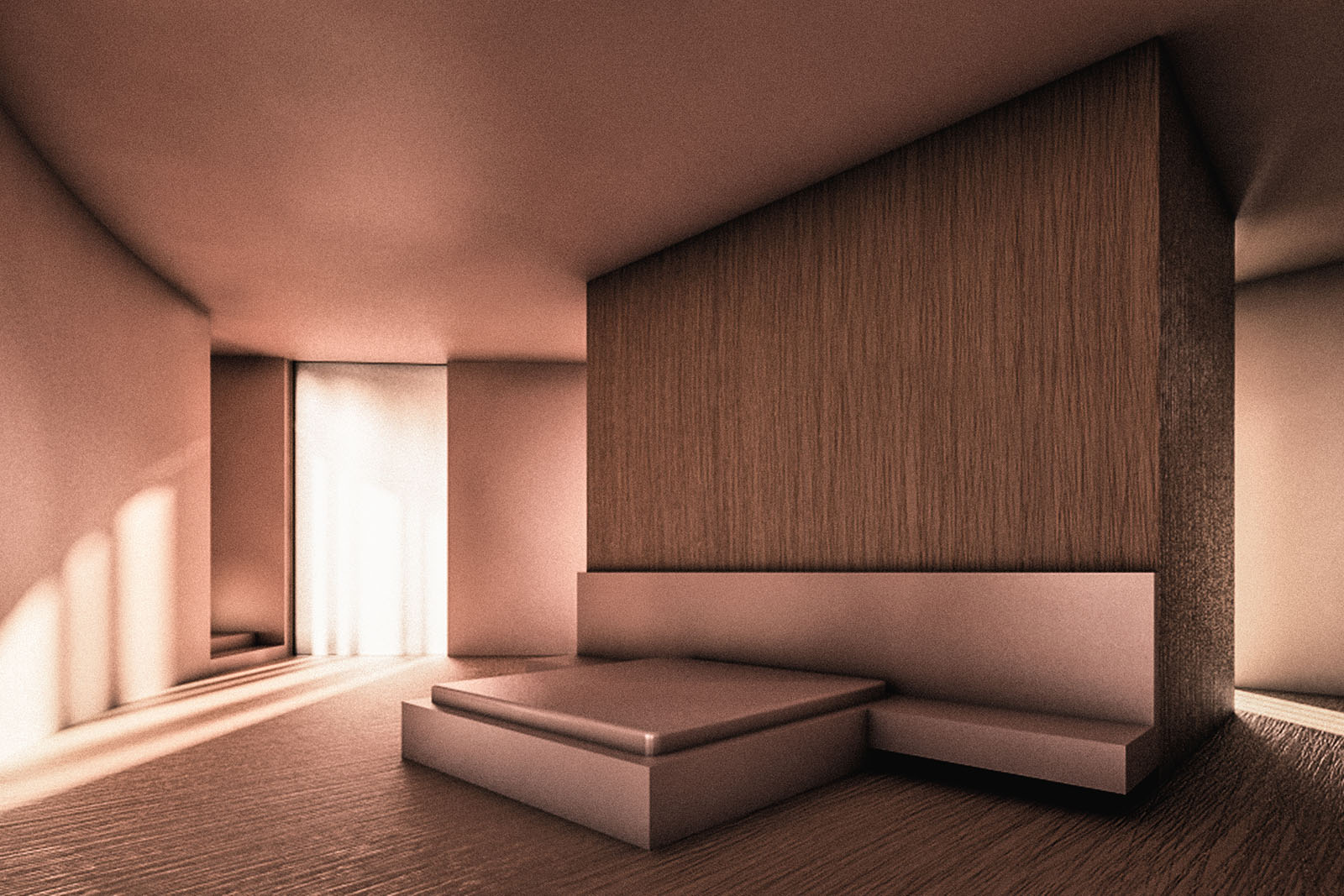
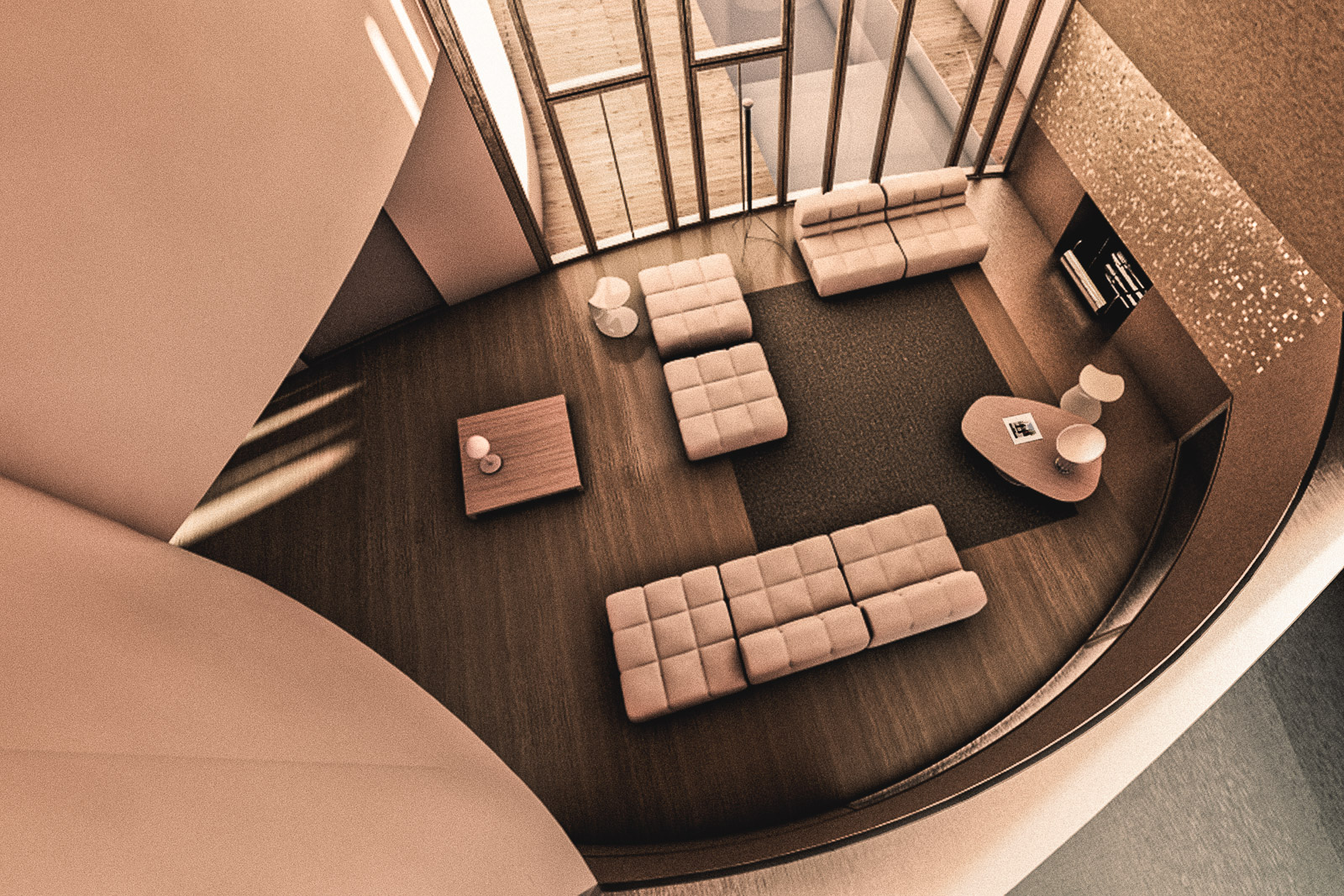
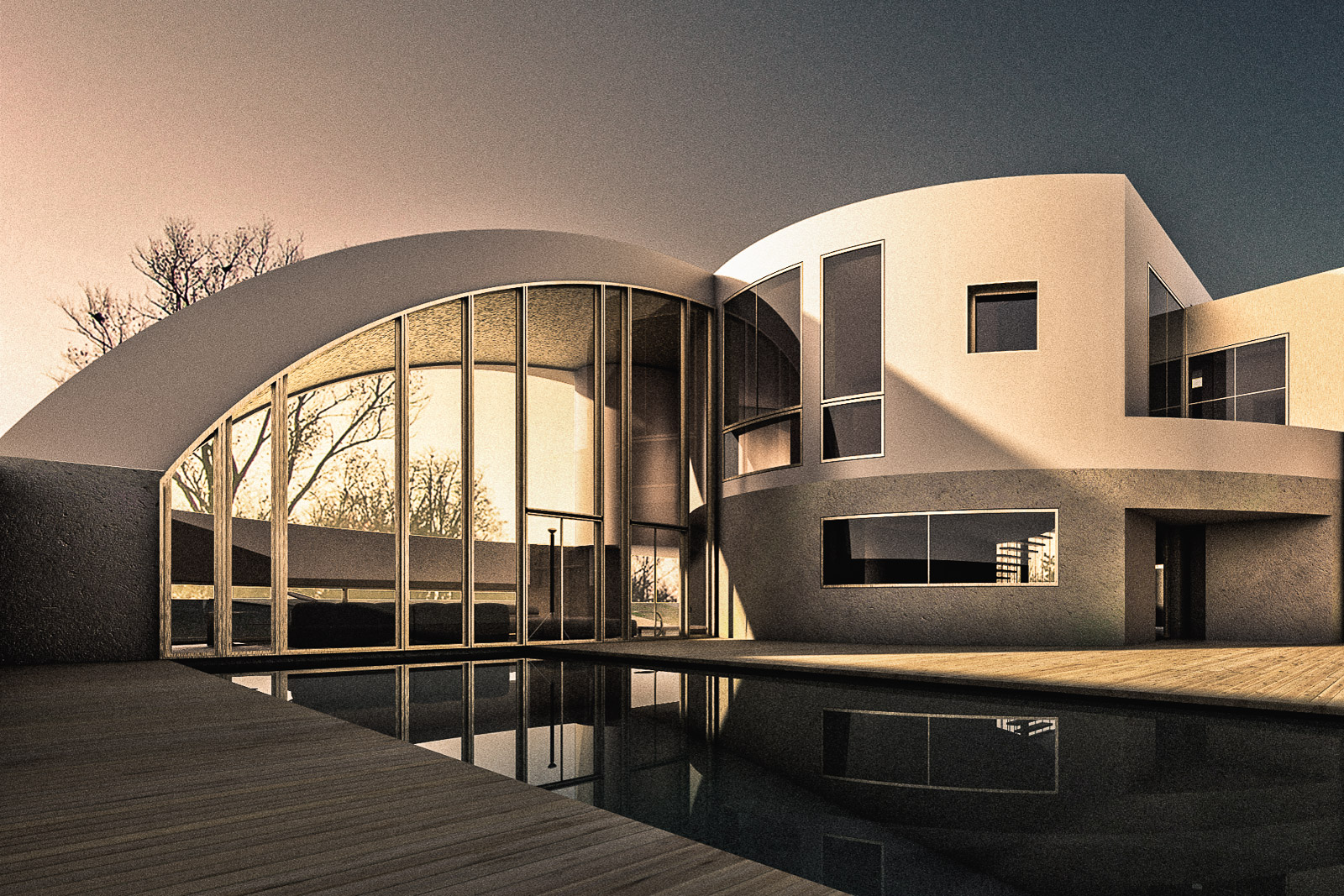
2019 – 2007
Kirsten Wenzel
Apart from the involuntary irony that Der Spiegel appears in both impostor stories, once as a prosecutor and once as an accused, they differ fundamentally.
competitionline.com, Berlin, 17 January 2019 (de, en, it)
Jeanette Kunsmann with Stephan Burkoff
Cardillo has created a labyrinth of truths and illusions. It is a novella with multiple layers. […] There is no one truth—reality: it doesn’t exist. Antonino Cardillo has built it.
DEAR Magazin, no. 1, Berlin, April 2017, p. 84 (de, en, it)
Carolin Höfler
After the representations were revealed as desired pictures, he replied: ‘Just see it like a literary narrative, […] a fairy tale. It is also not important that things actually happened’.
Konstruierte Realitäten, Goethe‑Universität, Deutsche Architekturmuseum, Frankfurt am Main, 1 December 2015 (de, en, it)
Gérard Houllard
In fact, Cardillo is right here at its core, because as this essay also wanted to show, images of unrealised and utopian architectures can become an integral part of architectural history and not insignificantly influence it.
IACSA Newsletter, vol. 4, no. 1, Basel, May 2013, p. 11 (de, en, it)
Carl Zillich
Cardillo, who meticulously lists all these press reports on his website, only holds up a mirror to architectural media and points out a fundamental problem: how can young architects find clients without having been published?
bkult.de, Berlin, 10 September 2012 (de, en, it)
Christian Holl
How do we construct our reality from the material and the imaginary through the media today and what are the consequences? […] If the case of Cardillo now serves to at least seriously discuss one of these questions again, he may have done more for the architectural discourse than those who think they have always known the answer.
german-architects.com, Stuttgart, 29 July 2012 (de, en, it)
Gabriele Detterer
Incidentally, architecture has always been ephemeral and virtual, he explains. From Palladio to Schinkel, from Sant’Elia to Mies van der Rohe, architects influenced architectural development and changed reality with ideas in the form of surrogates.
Neue Zürcher Zeitung, no. 164, Zurich, 17 July 2012, p. 40 (de, en, it)
Susanne Beyer
When Felix Krull was young, he pondered for a long time whether he should view the world as small or large. According to his ‘nature’, he later in life ‘considered the world to be a great and infinitely alluring phenomenon’. He became the happiest impostor in literary history.
Der Spiegel, no. 27/12, Hamburg, 2 July 2012, p. 121 (de, en, it)
Peter Reischer
An email inquiry pointing out that the architectural photos depicted or submitted are not photos but renderings, receives the terse response: ‘I am an artist and as an artist I manipulate reality! That’s it!’
Falter, no. 19/12, Vienna, 9 May 2012, p. 31 (de, en, it)
Vertica Dvivedi
Every building, every space that Ar. Cardillo lays his hands on becomes a masterpiece. […] Just like a poem that has been brought to life, the architectural piece stands, speaking volumes about the magnitude of effort the architect has put in it.
Surfaces Reporter, New Delhi, June 2011, p. 41 (en)
2015 – 2009
Goethe-Universität, Deutschen Architekturmuseum, Frankfurt am Main,
At the invitation of Professors Chris Dähne, Frederike Lausch and Bettina Rudhof, Cardillo presented the Seven Houses for No One series and spoke about the faked reality in the conference ‘The Dream Houses of Antonino Cardillo’, part of the Constructed Realities series of Goethe University at the German Museum of Architecture in Frankfurt.
The Horse Hospital, London, –
At the invitation of musician John Foxx, a print of Ellipse 1501 House and the video Tales of Light—featuring four projects later included in the Houses for No One series—were exhibited as part of a show dedicated to artists he inspired, held at The Horse Hospital in London.
2024 – 2009 (selected)